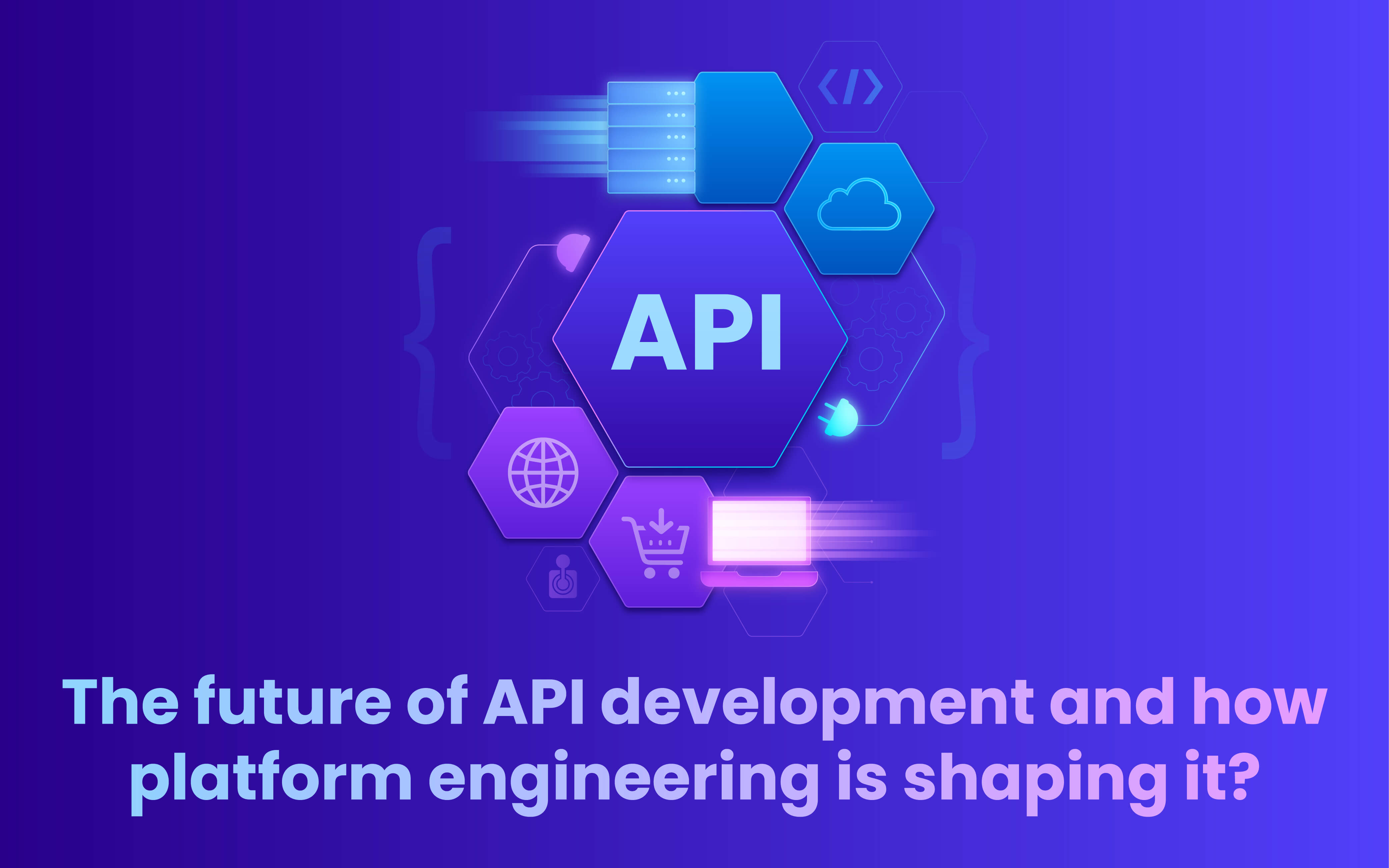Blogs
To know about all things Digitisation and Innovation read our blogs here.
Digital Transformation
How Microservices Are Enabling Digital Transformation for Businesses?
SID Global Solutions
29 March 2023

Introduction
Digital transformation has been a buzzword for the past few years, and many businesses are embracing it as a way to improve their operations and stay competitive. However, digital transformation is not a one-size-fits-all approach. Each organization must evaluate its unique challenges and opportunities and develop a strategy that fits its needs. Microservices architecture is one of the most powerful tools in the digital transformation toolbox. In this guide, we will explore how microservices enable digital transformation for businesses.
What Are Microservices?
Microservices are an architectural approach to building software applications that involves breaking down an application into small, autonomous services that work together to deliver functionality. Each service is designed to perform a specific task, and they communicate with each other using well-defined APIs.
The advantages of microservices are numerous. They are highly scalable, fault-tolerant, and can be developed, deployed, and updated independently of each other. This makes them an ideal architecture for building complex, enterprise-level applications.
Also Read: How To Build Scalable Business Automation with Microservices?
Enabling Digital Transformation
Digital transformation is the process of using digital technologies to fundamentally change how an organization operates and delivers value to its customers. The goal of digital transformation is to improve efficiency, increase agility, and deliver better customer experiences.
Microservices architecture is an important enabler of digital transformation because it enables organizations to break down monolithic applications into smaller, more manageable services. This allows businesses to move away from the traditional, slow-moving software development cycles and embrace a more agile approach to software development.
Here are some of the ways that microservices enable digital transformation:
Faster Time-to-Market: With microservices architecture, organizations can develop and deploy new services quickly and independently of each other. This means that businesses can respond to changing market conditions and customer needs much faster than with traditional software development methods. This results in faster time-to-market for new products and services.
Increased Agility: Microservices architecture enables organizations to break down their applications into smaller, more manageable services. This means that they can make changes to one service without affecting the entire application. This makes it easier to iterate and improve services, resulting in increased agility.
Improved Resilience: Microservices architecture is designed to be fault-tolerant. Each service is designed to operate independently of the others, so if one service fails, it does not bring down the entire application. This results in improved resilience and availability for the application.
Scalability: Microservices architecture enables organizations to scale individual services independently of each other. This means that they can allocate more resources to a service that is experiencing high demand without affecting the performance of other services. This results in improved scalability and better resource utilization.
Better Customer Experience: Microservices architecture enables organizations to deliver a better customer experience by breaking down their applications into smaller, more focused services. This means that they can develop services that are tailored to specific customer needs, resulting in a more personalized experience for the customer.
Also Read: ROI of Digital Transformation: Understanding the Metrics that Matter
Challenges of Microservices Architecture
While microservices architecture offers many advantages, it also comes with its own set of challenges. Here are some of the key challenges that organizations must address when adopting microservices architecture:
Complexity: Microservices architecture can be complex, and it requires a high degree of coordination between services. This means that organizations must invest in the necessary tools and processes to manage the complexity of their microservices architecture.
Operational Overhead: Microservices architecture requires more operational overhead than traditional software development methods. Each service must be monitored, updated, and maintained independently of each other. This means that organizations must invest in the necessary infrastructure and processes to manage their microservices architecture.
Security: Microservices architecture can introduce new security risks, as each service is a potential attack vector. This means that organizations must invest in the necessary security measures to protect their microservices architecture.
Integration Challenges: Microservices architecture requires a high degree of integration between services, which can be challenging. This means that organizations must invest in the necessary tools and processes to manage the integration between their microservices architecture.
Culture Shift: Microservices architecture requires a cultural shift in the organization. Teams must be organized around services, rather than projects, and there must be a high degree of collaboration and communication between teams. This means that organizations must invest in the necessary cultural changes to adopt microservices architecture.
Conclusion
Microservices architecture is a powerful tool for enabling digital transformation for businesses. It offers many advantages, including faster time-to-market, increased agility, improved resilience, scalability, and better customer experience. However, adopting microservices architecture also comes with its own set of challenges, including complexity, operational overhead, security, integration challenges, and culture shift.
Also Read: Navigating the Pitfalls of Legacy Systems in Digital Transformation
To successfully adopt microservices architecture, organizations must invest in the necessary tools, processes, infrastructure, security measures, and cultural changes. By doing so, they can unlock the full potential of microservices architecture and drive digital transformation in their organizations.
SID Global Solutions is a leading provider of technology services that is helping clients overcome digital transformation challenges with the help of microservices. With our deep expertise in microservices architecture and extensive experience in implementing digital transformation projects, SID Global Solutions is uniquely positioned to help clients navigate the complexities of digital transformation. By leveraging microservices architecture, we are able to help clients break down monolithic applications into smaller, more manageable services, resulting in faster time-to-market, increased agility, improved resilience, scalability, and better customer experience.









